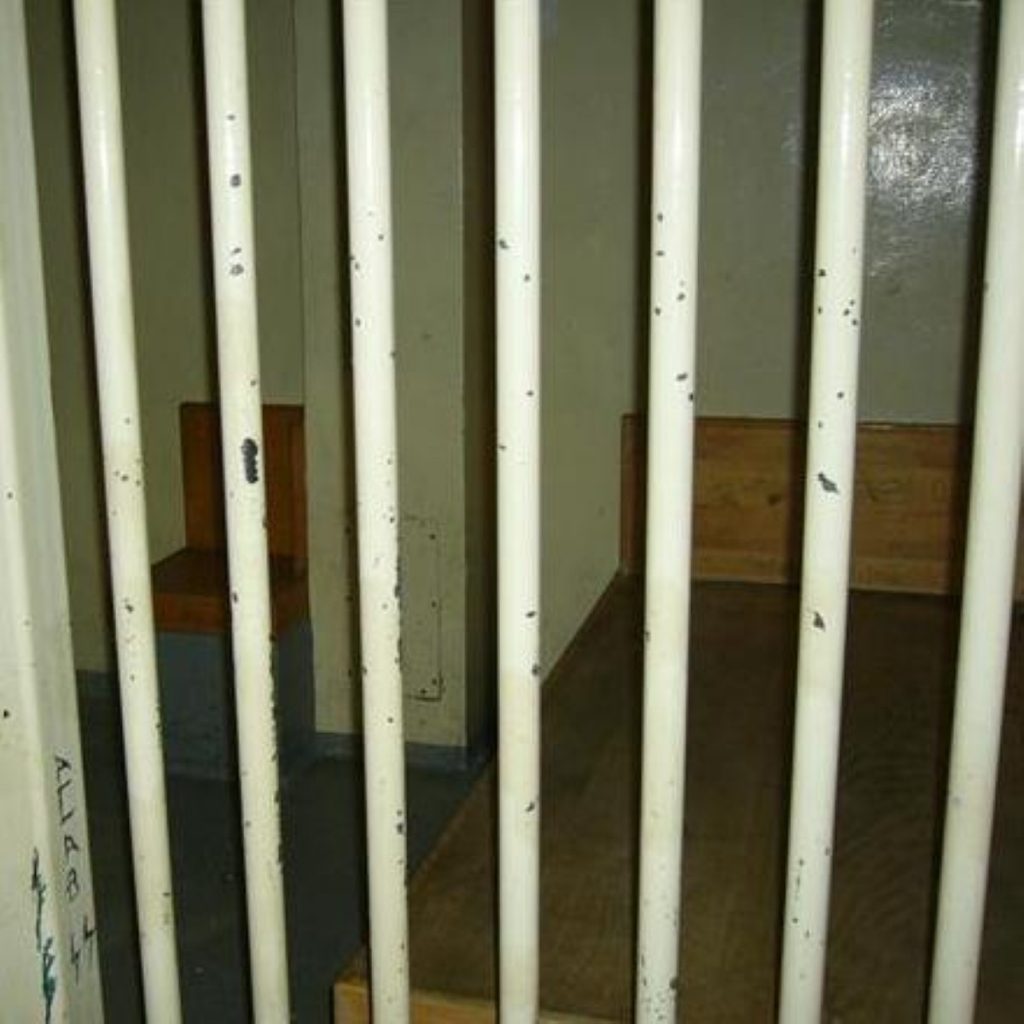Brixton prison ‘recycling prisoners’
Brixton prison can do little more than “recycle prisoners” without necessary reform, HM Inspectorate of Prisons has said.
The Inspectorate’s report is so damning it questions whether Brixton is actually capable of performing its function as a local prison.
“There are fundamental problems that prevent HMP Brixton from being an effective local prison” said Chief Inspector of Prisons, Anne Owers.
Calling the prison “cramped and vermin-infested,” the report identified inadequate drug control, insufficient prisoner security, lack of vocational skills training, as well overcrowding, as its most serious deficiencies.


“Brixton prison exemplifies all the problems of our overcrowded prison system,” Ms Owers added.
The Howard League for Penal Reform said it was disappointed by the report, but the group expressed some sympathy with Brixton’s condition.
“This inspectorate report shows that Brixton is understandably struggling to cope with the vast numbers of prisoners being churned through the prison on a day to day basis”, the League’s director, Frances Crook, told politics.co.uk.
Prisoner drug use is listed as one of the most severe problems for Brixton. Drugs were clearly available to prisoners, the investigation noted, which contributed to the sense of over half of the prisoners that their living conditions are unsafe.
“This is the reality of prison overcrowding”, Ms Crook said. “Gang culture, drugs and vermin are rife, prisoners eat next to an open toilet and languish for hours in their cells.”
Poor drug control and an “underdeveloped” system of confronting gang-related violence meant little support for vulnerable prisoners, and prove a retroactive force in drug treatment and the efforts to curb security threats within the prison walls.
“This illustrates how chronic overcrowding in our prisons is completely undermining the rehabilitative role they can play when adequately resourced,” said Liberal Democrat justice spokesperson, David Howarth.
Blaming the system’s inability to “cope with drugs and gang activity” on insufficient resources and the “explosion in the prison population”, Mr Howarth suggests a redistribution of drug addicts and the mentally ill into “more appropriate accommodation” as a means of combating congestion.
Brixton prison has a history of exceeding its capacity. Its oldest building dates back to 1819 and the prison has been accused of having inappropriate facilities for dealing with today’s prison demands: “Its old and decrepit buildings are groaning under the weight of 792 prisoners – 287 more than it is supposed to hold”, said Ms Crooks.
“No-one benefits from a prison which is so overstretched that it can do nothing more than warehouse and recycle its inmates – least of all the community which the prison serves.”
Ms Owers has the same concerns, questioning the ability of Brixton to become an effective local prison, as its “physical limitations” are a great obstacle to “offering both decency and rehabilitation to its 800 prisoners”.
She calls upon London’s offender management to assess the realistic role that Brixton “can and should play”, suggesting they should change its function to a resettlement prison instead. Now its main role is to hold remand and trial prisoner committed to local magistrates courts, and Inner London and Southward Crown Courts – a tall order for the aged facility.
Despite the overall poor results of the evaluation, improvements were identified by the report, which praised the hard work and commitment of Brixton’s management and staff.
A “significant drop in positive drug tests” and an increase in the “access to a period of activity” for the prisoners have been attributed to the hard work of the diligent staff, though the report said even better management is critical.









